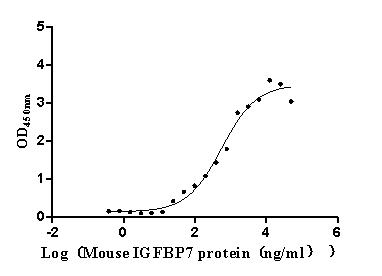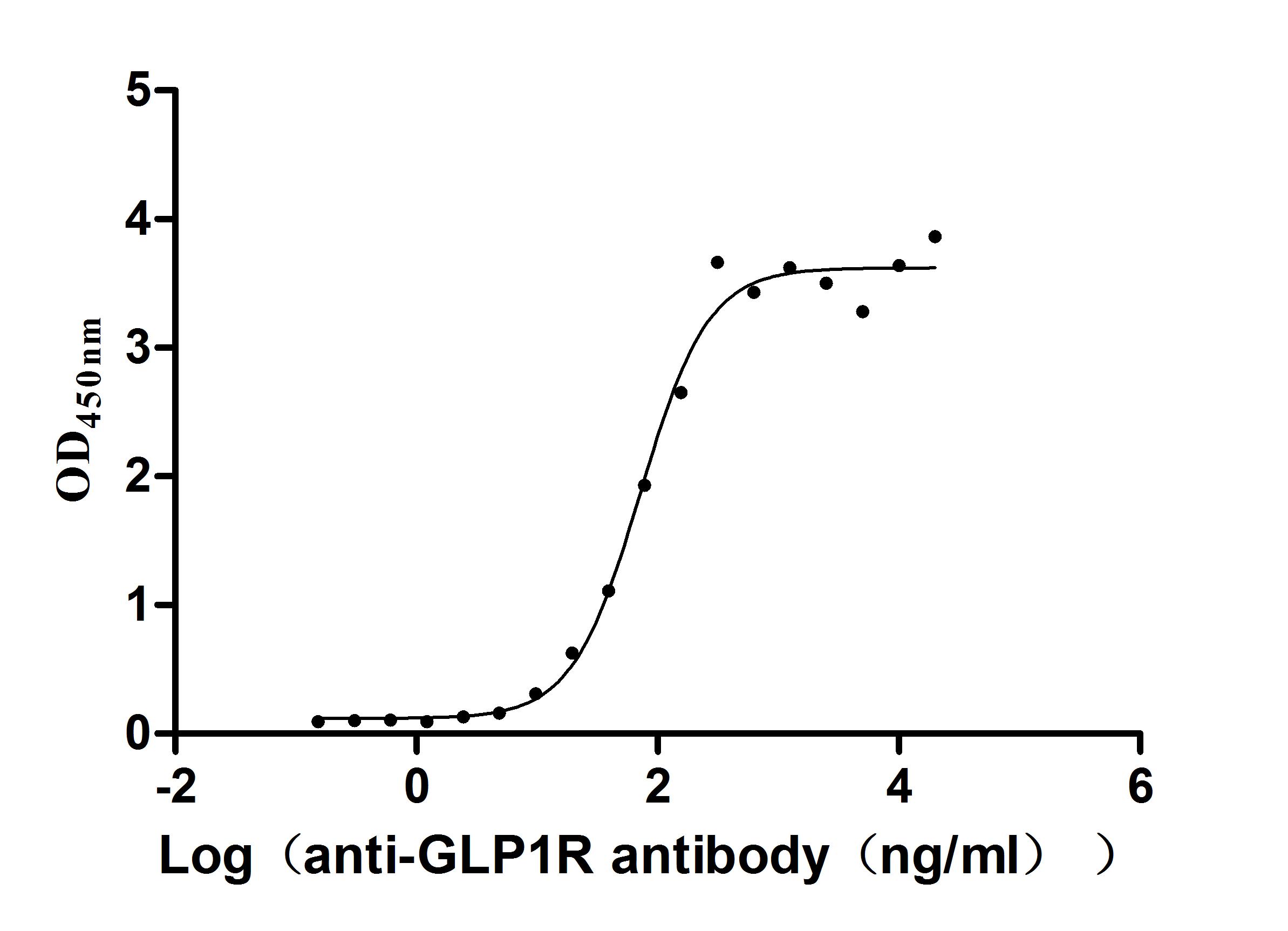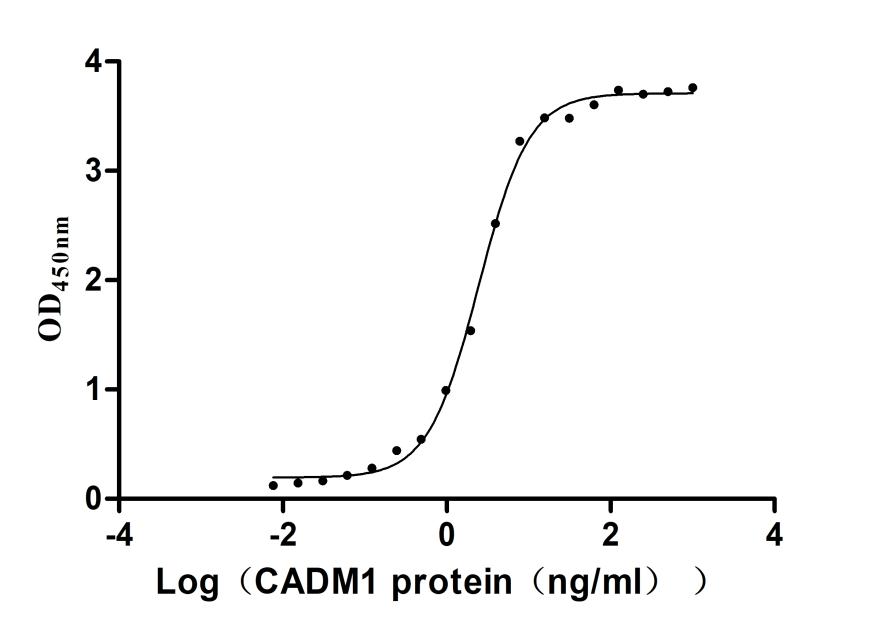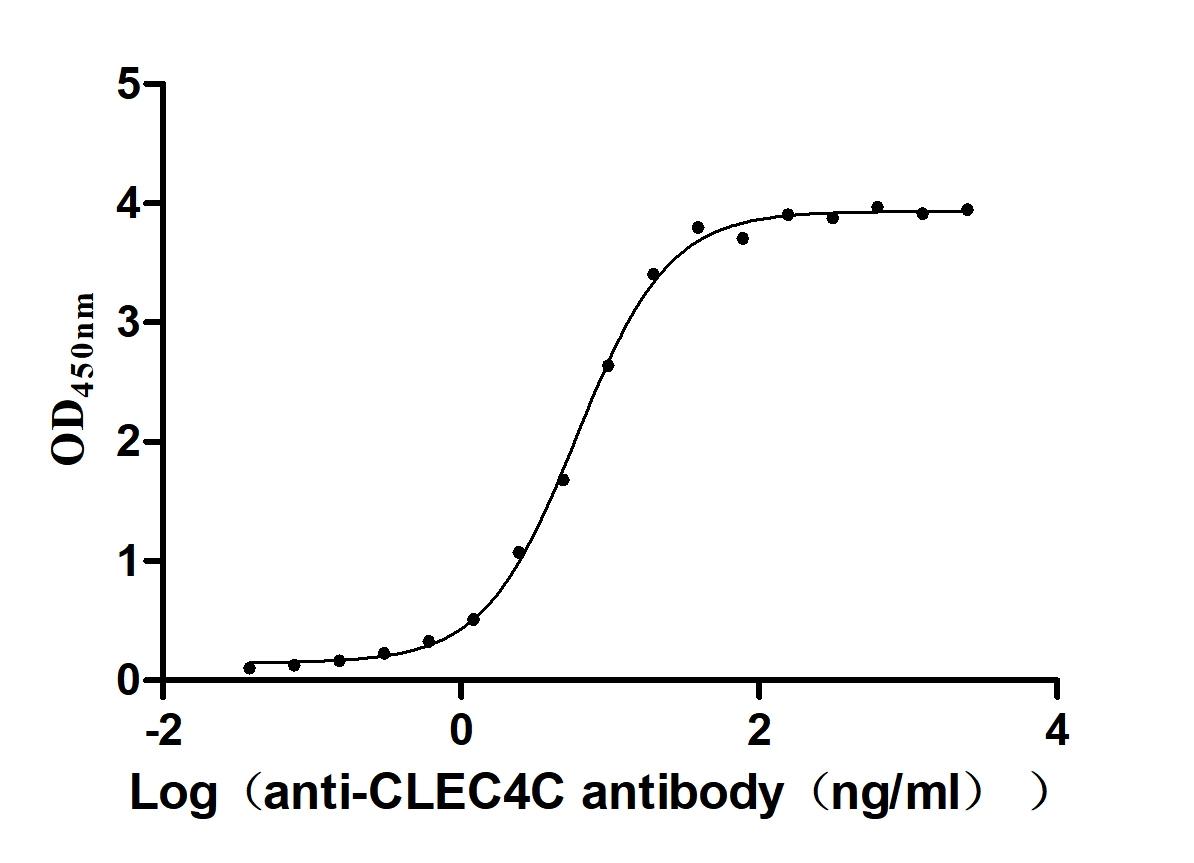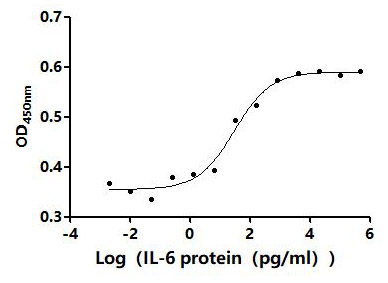Recombinant Human Somatostatin receptor type 1 (SSTR1)-VLPs
-
中文名稱:Recombinant Human Somatostatin receptor type 1 (SSTR1)-VLPs
-
貨號(hào):CSB-MP022724HU
-
規(guī)格:¥5250
-
圖片:
-
其他:
產(chǎn)品詳情
-
純度:The purity information is not available for VLPs proteins.
-
生物活性:Not Test
-
基因名:
-
Uniprot No.:
-
別名:SS-1-R;SS1-R;SS1R;SST1
-
種屬:Homo sapiens (Human)
-
蛋白長度:Full Length
-
來源:Mammalian cell
-
分子量:44.1 kDa
-
表達(dá)區(qū)域:1-391aa
-
氨基酸序列MFPNGTASSPSSSPSPSPGSCGEGGGSRGPGAGAADGMEEPGRNASQNGTLSEGQGSAILISFIYSVVCLVGLCGNSMVIYVILRYAKMKTATNIYILNLAIADELLMLSVPFLVTSTLLRHWPFGALLCRLVLSVDAVNMFTSIYCLTVLSVDRYVAVVHPIKAARYRRPTVAKVVNLGVWVLSLLVILPIVVFSRTAANSDGTVACNMLMPEPAQRWLVGFVLYTFLMGFLLPVGAICLCYVLIIAKMRMVALKAGWQQRKRSERKITLMVMMVVMVFVICWMPFYVVQLVNVFAEQDDATVSQLSVILGYANSCANPILYGFLSDNFKRSFQRILCLSWMDNAAEEPVDYYATALKSRAYSVEDFQPENLESGGVFRNGTCTSRITTL
Note: The complete sequence may include tag sequence, target protein sequence, linker sequence and extra sequence that is translated with the protein sequence for the purpose(s) of secretion, stability, solubility, etc.
If the exact amino acid sequence of this recombinant protein is critical to your application, please explicitly request the full and complete sequence of this protein before ordering. -
蛋白標(biāo)簽:C-terminal 10xHis-tagged(This tag can be tested only under denaturing conditions)
-
產(chǎn)品提供形式:Liquid or Lyophilized powder
Note: We will preferentially ship the format that we have in stock, however, if you have any special requirement for the format, please remark your requirement when placing the order, we will prepare according to your demand. -
緩沖液:If the delivery form is liquid, the default storage buffer is Tris/PBS-based buffer, 5%-50% glycerol. If the delivery form is lyophilized powder, the buffer before lyophilization is Tris/PBS-based buffer, 6% Trehalose, pH 8.0.
-
復(fù)溶:We recommend that this vial be briefly centrifuged prior to opening to bring the contents to the bottom. Please reconstitute protein indeionized sterile water to a concentration of 0.1-1.0 mg/mL.Aliquot for long-term storage at -80℃. Solubilize for 60 minutes at room temperature with occasional gentle mixing. Avoid vigorous shaking or vortexing.
-
儲(chǔ)存條件:Store at -20°C/-80°C upon receipt, aliquoting is necessary for mutiple use. Avoid repeated freeze-thaw cycles.
-
保質(zhì)期:The shelf life is related to many factors, storage state, buffer ingredients, storage temperature and the stability of the protein itself.
Generally, the shelf life of liquid form is 6 months at -20°C/-80°C. The shelf life of lyophilized form is 12 months at -20°C/-80°C. -
貨期:Delivery time may differ from different purchasing way or location, please kindly consult your local distributors for specific delivery time.
-
注意事項(xiàng):The VLPs are expressed from human 293 cells (HEK293).Mix the sample gently by repeatedly pipetting it up and down. Do not vortex.Repeated freezing and thawing is not recommended.Store the protein at -20℃/-80℃ upon receiving it, and ensure to avoid repeated freezing and thawing, otherwise, it will affect the protein activity. The immunization strategy should be optimized (antigen dose, regimen and adjuvant).
-
Datasheet & COA:Please contact us to get it.
相關(guān)產(chǎn)品
靶點(diǎn)詳情
-
功能:Receptor for somatostatin with higher affinity for somatostatin-14 than -28. This receptor is coupled via pertussis toxin sensitive G proteins to inhibition of adenylyl cyclase. In addition it stimulates phosphotyrosine phosphatase and Na(+)/H(+) exchanger via pertussis toxin insensitive G proteins.
-
基因功能參考文獻(xiàn):
- High SSTR1 expression is associated with hepatocellular and cholangiocellular carcinomas in tumor capillaries. PMID: 29282035
- Data showed that the distribution of somatostatin receptor (SSTR) subtypes among the 199 pancreatic neuroendocrine tumors (PNETs) was: SSTR2 (54.8%), SSTR1 (53.3%), SSTR4 (51.8%), SSTR5 (33.7%), and SSTR3 (28.6%). PMID: 26474434
- An immunohistochemical investigation of the expression of somatostatin receptor subtypes PMID: 25962406
- The UMB-7 may prove of great value in the identification of sst1-expressing tumors during routine histopathological examinations. This may open up new routes for diagnostic and therapeutic intervention. PMID: 23466804
- SSTR-PET showed high sensitivity for imaging bone, soft tissue and brain metastases, and particularly in combination with CT had a significant impact on clinical stage and patient management. PMID: 24742330
- SSTRs are overexpressed in primary pigmented nodular adrenocortical disease tissues in comparison with normal adrenal cortex PMID: 24512486
- Activated/phosphorylated pMAPK 44/42 was detected in 82% of medulloblastomas, all subtypes, and in 62.5% of primitive neuroectodermal tumors with coexpression of SSR1 in one third. PMID: 23455179
- Somatostatin receptor imaging (SRI) using SPECT or PET as a whole-body imaging technique has become a crucial part of the management of Neuroendocrine tumors PMID: 24106690
- Tumor cells in the tissue samples of the patients diagnosed with advanced-stage hepatocellular carcinoma expressed a high proportion of SSTR1 and SSTR5. PMID: 24634938
- Somatostatin receptor 1 is a novel methylated gene driven by EBV infection in gastric cancer cells and acts as a potential tumour suppressor. PMID: 23722468
- Data demonstrate that cells transfected with SSTR1 or SSTR1/5 negatively regulates EGF mediated effects attributed to the inhibition of EGFR phosphorylation. PMID: 21419811
- Data show that the mRNA levels of SSTR1, SSTR2, SSTR3, and SSTR5 were high in PET compared with AC, whereas the expression of SSTR4 was low in PET and AC. PMID: 20717067
- Studies show that this study may be the basis for further functional studies to evaluate the role of somatostatin receptors sst1 to sst5 in the diabetic state. PMID: 20182388
- Overexpressed in endomterium inendometriosis. PMID: 20739383
- The summarized expression pattern of SSTR in the investigated neuroendocrine tumors in our material was: SSTR 1> SSTR 5> SSTR 3> SSTR 2A> SSTR 2B. PMID: 20529830
- SSTR1 had higher expression in patients that had normalized GH and IGF-I. There was a positive correlation between the percentage of tumor reduction by octreotide-lar and SSTR1 expression. PMID: 19330452
- SSTR transcripts are expressed and functional in retroorbital fibroblasts. SSTR1 is expressed in Grave's disease and octreotide inhibits retroorbital cell growth, explaining the SRIH therapeutic effect. PMID: 11753241
- SSTRs 1-5 are heterogeneously expressed in gastroenteropancreatic endocrine tumors PMID: 12021920
- selective activation reduces cell growth and calcitonin secretion in a human medullary thyroid carcinoma cell line PMID: 12359227
- the expression of somatostatin (SS) and SS receptor (SSR) subtype 1 (sst1), sst2A, and sst3 in normal human thymic tissue PMID: 12376335
- somatostatin receptor transcripts were found in lymphocytes both from Graves' ophthalmopathy retroorbital tissues and blood samples, with levels of expression of SST1, -2, and -4 mRNA higher than those of the SST3 and -5 transcripts PMID: 12414882
- localization and expression in human prostatic tissue and prostate cancer cell lines PMID: 12474541
- SSTR1 selective activation inhibits hormone secretion and cell viability in GH- and PRL-secreting adenomas in. SRIF analogs with affinity for SSTR1 may be useful to control hormone hypersecretion and reduce neoplastic growth of pituitary adenomas. PMID: 12788890
- activation of hSSTR1 is not necessary for heterodimeric assembly PMID: 15247250
- transcriptional regulation of the human SST1 was analyzed in the present study PMID: 17533578
- Analysis of orbital tissues reveals upregulation of SSTR1 and -2 in a group of Graves' ophthalmopathy (GO)patients. Adipogenesis, a process occurring in GO orbits, provides one possible explanation for some of the observed increase. PMID: 17848636
- The most prominent candidates associated with aggressive prostate cancer were SSTR1 and genes related to proliferation, including TOP2A. PMID: 18347174
- the expression of SSTR-1 mRNA in human pancreatic cancer tissue specimens, and investigated the effect of SSTR-1 overexpression on cell proliferation, cell cycle, and tumor growth in a subcutaneous nude mouse model. PMID: 18823376
- Immunohistochemistry stufy of SSTR1 in prostate tissue from patients with bladder outlet obstruction showed that greatest proportion of basal cells showed a moderate intensity, strong immunoreactivity being observed only in 18.1% of cells. PMID: 18936524
- To the best of our knowledge, this is the first report describing crosstalk/interactions between SSTRs and ErbBs. PMID: 19070659
- Both SSTR1 and 2 mRNA levels in SCA were greater than Cushing disease, while SSTR1 mRNA levels, but not SSTR2, in silent corticotroph adenoma were also greater than non-functioning pituitary tumor. PMID: 19318729
顯示更多
收起更多
-
亞細(xì)胞定位:Cell membrane; Multi-pass membrane protein.
-
蛋白家族:G-protein coupled receptor 1 family
-
組織特異性:Fetal kidney, fetal liver, and adult pancreas, brain, lung, jejunum and stomach.
-
數(shù)據(jù)庫鏈接:
Most popular with customers
-
Recombinant Human Transthyretin (TTR) (Active)
Express system: Mammalian cell
Species: Homo sapiens (Human)
-
Recombinant Human Claudin-6 (CLDN6)-VLPs (Active)
Express system: Mammalian cell
Species: Homo sapiens (Human)
-
Recombinant Mouse Complement component C1q receptor (Cd93), partial (Active)
Express system: Mammalian cell
Species: Mus musculus (Mouse)
-
Recombinant Human Glucagon-like peptide 1 receptor (GLP1R), partial (Active)
Express system: Mammalian cell
Species: Homo sapiens (Human)
-
Recombinant Human Cytotoxic and regulatory T-cell molecule (CRTAM), partial (Active)
Express system: Mammalian cell
Species: Homo sapiens (Human)
-
Recombinant Macaca fascicularis C-type lectin domain family 4 member C(CLEC4C), partial (Active)
Express system: Mammalian cell
Species: Macaca fascicularis (Crab-eating macaque) (Cynomolgus monkey)
-
-
Express system: Mammalian cell
Species: Homo sapiens (Human)

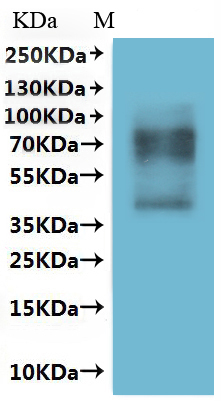

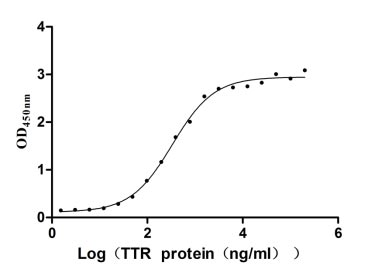
-AC1.jpg)
